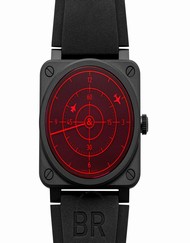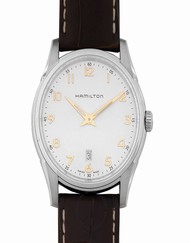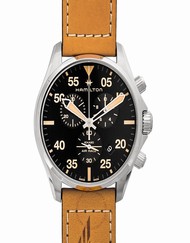Luxury Bell & Ross replica watches
Shopping Cart - 0 Item
You have no items in your shopping cart.
- REPLICA WATCHES
- Real Photo Watches
- Audemars Piguet
- Cartier
- Bvlgari
- Watches other brands
- NEWS WATCHES
- Contact Us
Menu
- HOME
- Audemars Piguet
- Bell & Ross
- Breitling
- Bvlgari
- Cartier
- Chopard
- Diesel
- Franck Muller
- Grand Seiko
- Hamilton
- Hublot
- IWC
- Jaeger Lecoultre
- Jaquet Droz
- Longines
- Maurice Lacroix
- MeisterSinger
- MIDO
- Montblanc
- Nomos Glashuette
- Omega
- Oris
- Panerai
- Patek Philippe
- Rado
- Richard Mille
- Seiko
- Sevenfriday
- SINN
- TAG Heuer
- Tissot
- Ulysse Nardin
- Zenith
- NEWS WATCHES
-
Home / -
Bell & Ross Replica / -
Bell & Ross Instruments BR01-CSK-CE/SRB
Buy Replica Bell & Ross Instruments BR01-CSK-CE/SRB Watches
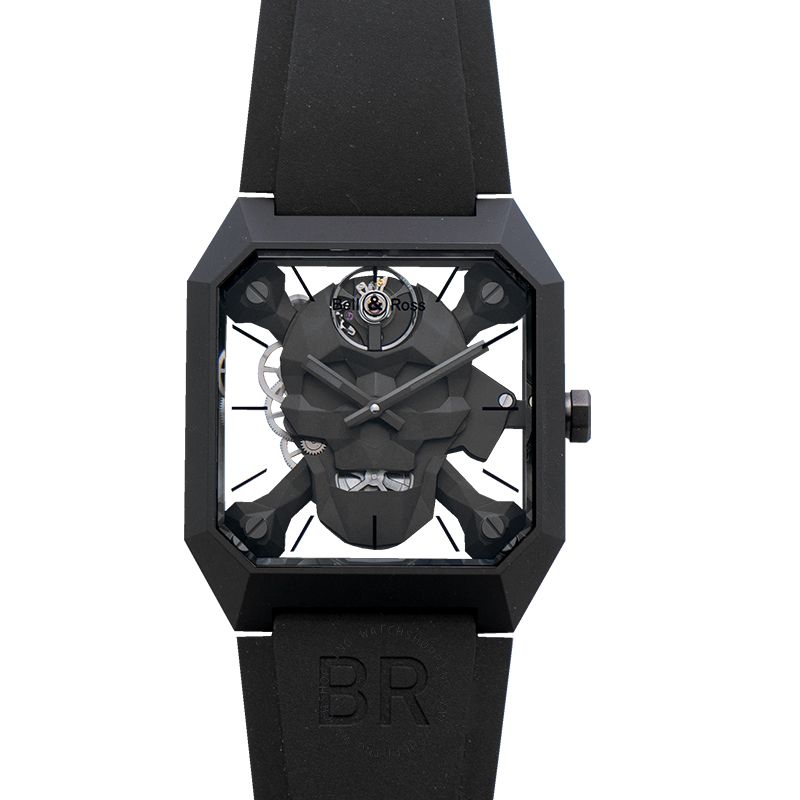
Bell & Ross Instruments BR01-CSK-CE/SRB Details
| INFORMATION | |
|---|---|
| BRAND | Bell & Ross |
| SERIES | Instruments |
| MODEL | BR01-CSK-CE/SRB |
| Gender | Mens |
| PRODUCED | - |
| DIAL | |
| TYPE | - |
| COLOUR | Skeleton |
| FINISH | - |
| INDEXES | Index |
| CASE | |
| MATERIAL | Ceramic |
| CRYSTAL | - |
| BACK | Skeleton |
| SHAPE | Octogonal |
| DIAMETER | 45 mm |
| HEIGHT | - |
| MOVEMENT | |
| CALIBRE | BR-CAL.208 |
| TYPE | Manual-winding |
| DIAMETER | - |
| JEWELS | - |
| RESERVE | - |
| Frequency | - |
| Time | - |
| BAND | |
| BandMaterial | Rubber |
| FEATURES | |
| WATER RESISTANCE | 50 m |
| STYLE | Luxury Watches |
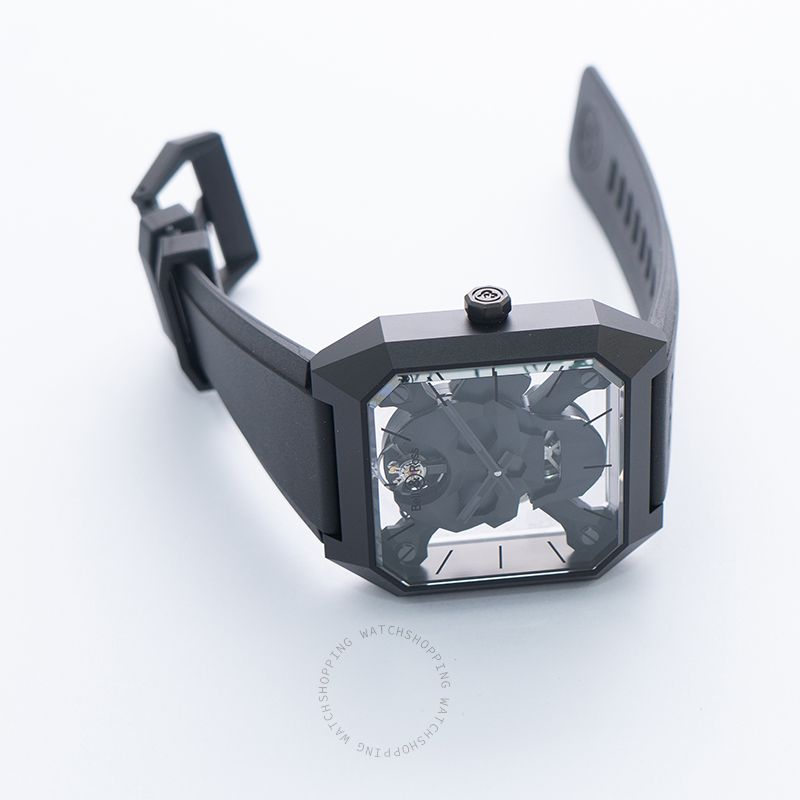
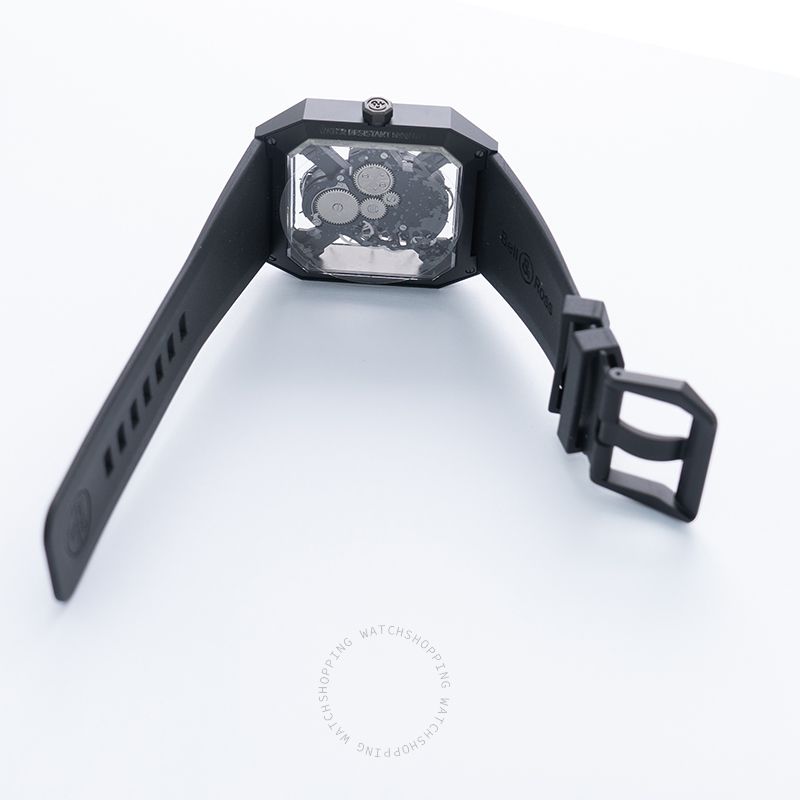
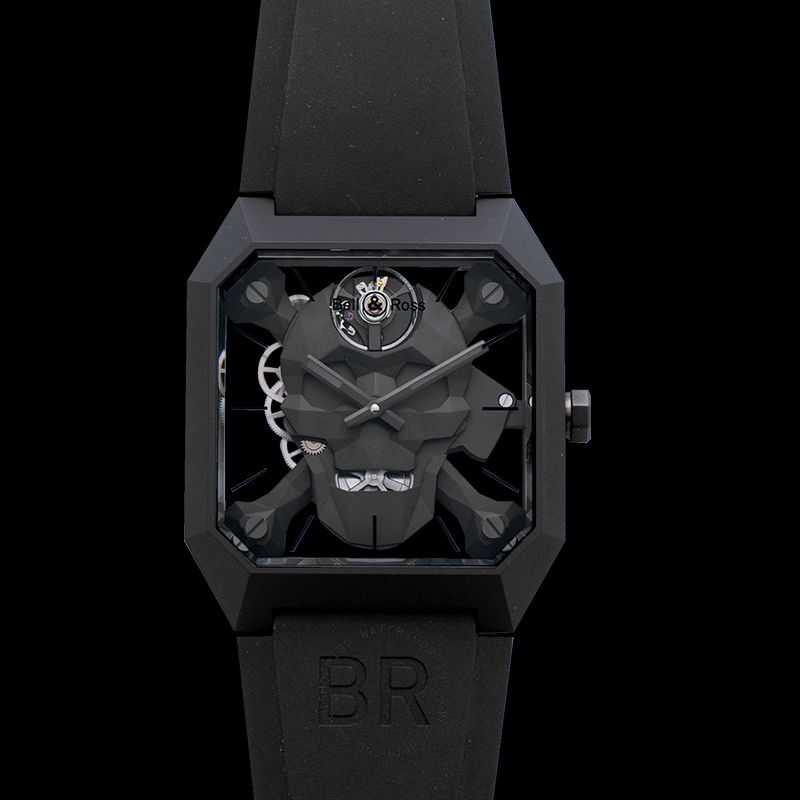
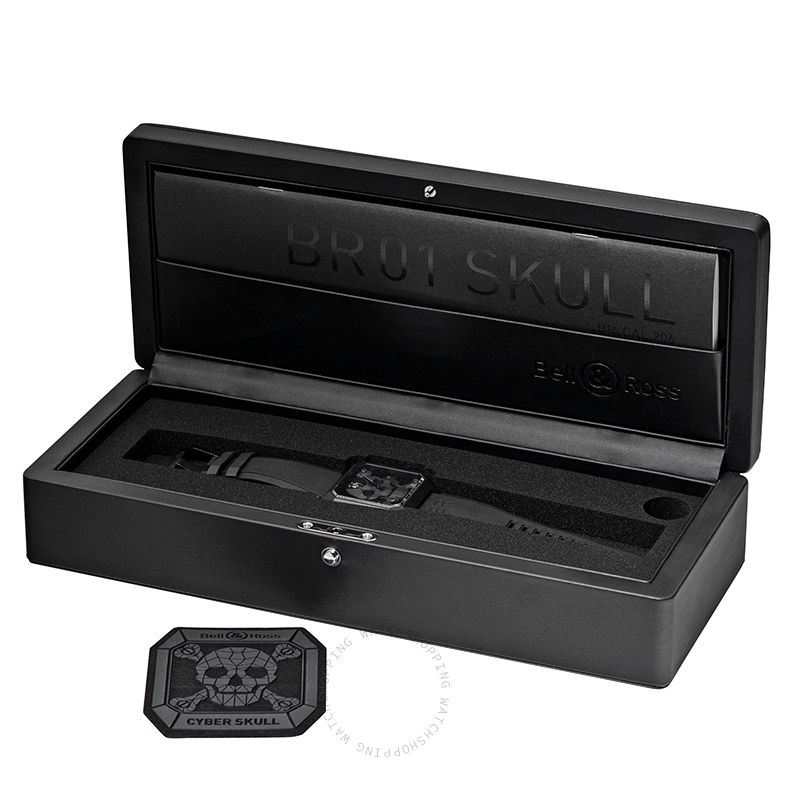
comments
- All good! Thanks! you did a good job
 [Rating:(5 / 5 stars)]
[Rating:(5 / 5 stars)]- Review by Howard B U.S.A Rancho Viejo, Texas from Netherlands Purmerend
- Received quickly, fast delivery
 [Rating:(5 / 5 stars)]
[Rating:(5 / 5 stars)]- Review by debra james Taiwan Kaohsiung from Netherlands Purmerend
Watches NEWS
A. Lange & Sohne Cabaret Tourbillon Handwerkskunst
For 30 potential collectors, the return in July 2021 of the A. Lange & Sohne’s Cabaret Tourbillon was a moment of celebration. Not only did the discontinued Cabaret Tourbillon stage a comeback – equipped with the world’s first hacking tourbillon – but it also staged its return in a lavish Handwerkskunst edition, the apogee of A. Lange & Sohne‘s artistic and artisanal skills. Let’s take a closer look at the rich finissage of this uber-exclusive platinum edition rigorously executed by hand by Lange’s team of skilled engravers and enamellers.?A Lange & Sohne introduced the Cabaret in 1997. As well as being Lange’s first rectangular watch (not to be confused with the Arkade), it also bore a whimsical name that was a far cry from the august Saxon spirit of the reputable brand that put Glashutte on the world’s watchmaking map. The non-round Lange watch might have shocked purists, but it displayed its provenance as a legitimate
For 30 potential collectors, the return in July 2021 of the A. Lange & Sohne’s Cabaret Tourbillon was a moment of celebration. Not only did the discontinued Cabaret Tourbillon stage a comeback – equipped with the world’s first hacking tourbillon – but it also staged its return in a lavish Handwerkskunst edition, the apogee of A. Lange & Sohne‘s artistic and artisanal skills. Let’s take a closer look at the rich finissage of this uber-exclusive platinum edition rigorously executed by hand by Lange’s team of skilled engravers and enamellers.?A Lange & Sohne introduced the Cabaret in 1997. As well as being Lange’s first rectangular watch (not to be confused with the Arkade), it also bore a whimsical name that was a far cry from the august Saxon spirit of the reputable brand that put Glashutte on the world’s watchmaking map. The non-round Lange watch might have shocked purists, but it displayed its provenance as a legitimate
Audemars Piguet Royal Oak 15202 Only Watch 2021 Breaks Record
Once again this year, the watch industry reveals its best side as more than 50 brands participate in the great Only Watch charity event. Under the High Patronage of H.S.H. Prince Albert II and at the initiative of Luc Pettavino, this year is the 9th edition of the biennial charity auction, whose aim is to raise funds for research against Duchenne muscular dystrophy. A recurring participant of the event, Audemars Piguet presented a unique take on the Royal Oak 15202 Jumbo… but besides being special in materials, it’s also the last unique 15202 powered by the Calibre 2121, which will retire at the end of the year. And the room of the auction noted this… as it reached an incredible CHF 3,100,000, by far the highest price ever reached for a Royal Oak Extra-Thin Jumbo. And because it’s for a charity, we’re not going to complain.What's unique about this watch? The 39mm x 8.1mm case is identical to all other 15202 models, at least in shape. The materials and the
Once again this year, the watch industry reveals its best side as more than 50 brands participate in the great Only Watch charity event. Under the High Patronage of H.S.H. Prince Albert II and at the initiative of Luc Pettavino, this year is the 9th edition of the biennial charity auction, whose aim is to raise funds for research against Duchenne muscular dystrophy. A recurring participant of the event, Audemars Piguet presented a unique take on the Royal Oak 15202 Jumbo… but besides being special in materials, it’s also the last unique 15202 powered by the Calibre 2121, which will retire at the end of the year. And the room of the auction noted this… as it reached an incredible CHF 3,100,000, by far the highest price ever reached for a Royal Oak Extra-Thin Jumbo. And because it’s for a charity, we’re not going to complain.What's unique about this watch? The 39mm x 8.1mm case is identical to all other 15202 models, at least in shape. The materials and the
Swatch Sistem51 - Monochrome-Watches
The Swatch Sistem51 is certainly the cheapest watch we’ve ever featured on Monochrome-Watches and we are doing it without any shame or regrets. Why? The Sistem51 is clearly one of the most important novelties presented during the last 10 years. As the first Swatch did in 1983, this new automatic watch is a major industrial milestone that COULD (I have to insist on the ‘could’ because, for the moment, we are not sure of possible future developments) change the face of the Swatch Group and of the whole industry.History of SwatchSwatch (which stands for ‘second watch’, because of its affordable price and casual look) was born in the early 1980s, just in the middle of the ‘Quartz Crisis’. At that time, the actors of the watchmaking industry in Switzerland were all intensely affected by the arrival of cheap Japanese quartz watches and production numbers became lower than at any time before. However, a very simple but clever idea saved the industry.
The Swatch Sistem51 is certainly the cheapest watch we’ve ever featured on Monochrome-Watches and we are doing it without any shame or regrets. Why? The Sistem51 is clearly one of the most important novelties presented during the last 10 years. As the first Swatch did in 1983, this new automatic watch is a major industrial milestone that COULD (I have to insist on the ‘could’ because, for the moment, we are not sure of possible future developments) change the face of the Swatch Group and of the whole industry.History of SwatchSwatch (which stands for ‘second watch’, because of its affordable price and casual look) was born in the early 1980s, just in the middle of the ‘Quartz Crisis’. At that time, the actors of the watchmaking industry in Switzerland were all intensely affected by the arrival of cheap Japanese quartz watches and production numbers became lower than at any time before. However, a very simple but clever idea saved the industry.
Industry New: Richemont Reports Stable Sales For the First Semester 2024, Results Down for Watches
Switzerland-based luxury conglomerate?Richemont Group has just issued its trading update for the six months ended 30 September 2024. The Group delivered an overall stable performance with flat sales at constant exchange rates and -1% at actual rates, at EUR 10.1 billion. At EUR 2.2 billion, profit is down 12% at constant rates and down 17% at actual rates. This resilience of sales in a challenging environment for the luxury industry was secured by the performance of Jewellery Maisons (Cartier and Van Cleef & Arpels, in particular), up 2% at actual rates. On the other hand, sales of specialist watchmakers were down by 17% at actual rates, to EUR 1.7 billion – showing the importance of Jewellery in the group, with sales reported at over EUR 7 billion. For reference, according to the FHS, the Swiss watch exports are down 2.7% compared with 2023 over the first nine months of the year. LVMH reported sales down 2% overall and down 5% for their Watches and Jewelry Division over the
Switzerland-based luxury conglomerate?Richemont Group has just issued its trading update for the six months ended 30 September 2024. The Group delivered an overall stable performance with flat sales at constant exchange rates and -1% at actual rates, at EUR 10.1 billion. At EUR 2.2 billion, profit is down 12% at constant rates and down 17% at actual rates. This resilience of sales in a challenging environment for the luxury industry was secured by the performance of Jewellery Maisons (Cartier and Van Cleef & Arpels, in particular), up 2% at actual rates. On the other hand, sales of specialist watchmakers were down by 17% at actual rates, to EUR 1.7 billion – showing the importance of Jewellery in the group, with sales reported at over EUR 7 billion. For reference, according to the FHS, the Swiss watch exports are down 2.7% compared with 2023 over the first nine months of the year. LVMH reported sales down 2% overall and down 5% for their Watches and Jewelry Division over the
In-Depth: The History of the ETA Unitas 6497 and 6498
How do a pair of manually wound, time-only, pocket watch-sized, potentially outdated movements introduced in the 1950s earn a place in our series on significant calibres, alongside the well-known El Primero and Valjoux 7750 chronograph calibre and the omnipresent automatic ETA 2824 and 2892? Several factors contribute to their importance. Despite seeming unusual today, the large diameter of these movements became a notable advantage during the mechanical renaissance of the 1990s. This era saw the international embrace of larger timepieces, a trend often credited to Panerai, which used the ETA/Unitas 6497 to power its reissues from that decade. The Lepine 6497 and its Savonette version 6498, known for their robustness, reliability, and accuracy, were well-designed and easy to regulate to chronometer standards. The 6497 is the most widely used teaching calibre in watchmaking schools, as it is easy to understand and handle. The versatility and adaptability led to these movements’ ad
How do a pair of manually wound, time-only, pocket watch-sized, potentially outdated movements introduced in the 1950s earn a place in our series on significant calibres, alongside the well-known El Primero and Valjoux 7750 chronograph calibre and the omnipresent automatic ETA 2824 and 2892? Several factors contribute to their importance. Despite seeming unusual today, the large diameter of these movements became a notable advantage during the mechanical renaissance of the 1990s. This era saw the international embrace of larger timepieces, a trend often credited to Panerai, which used the ETA/Unitas 6497 to power its reissues from that decade. The Lepine 6497 and its Savonette version 6498, known for their robustness, reliability, and accuracy, were well-designed and easy to regulate to chronometer standards. The 6497 is the most widely used teaching calibre in watchmaking schools, as it is easy to understand and handle. The versatility and adaptability led to these movements’ ad
Related Products
Contact
Mailing Address
-
1705 NE 163rd St, North Miami Beach, FL 33162 Florida
-
Customer Care is here for you. To inquire about the watches and services found on our website. We are happy to service for you.
Contact our E-mail:watchestrade.watch@gmail.com

loading...






